Geochang Galbi - Docheong Branch (거창갈비 도청)
18.9Km 2021-03-26
48-14, Pungyo 3-gil, Andong-si, Gyeongsangbuk-do
+82-54-843-0099
It is a place where you can enjoy Korean BBQ. This restaurant's signature menu is grilled Korean beef ribs. This Korean dishes restaurant is located in Andong-si, Gyeongsangbuk-do.
Jeongseong Damuen Bapjip Yul(정성담은밥집율)
18.9Km 2021-04-10
32-16, Pungyo 3-gil, Andong-si, Gyeongsangbuk-do
+82-54-843-5573
This is a place where you can enjoy various duck dishes that are good for the health. This Korean dishes restaurant is located in Andong-si, Gyeongsangbuk-do. The most famous menu is rich soybean paste stew.
Gulmaeul Nakjichon (굴마을낙지촌)
19.0Km 2021-03-24
26, Pungyo, 3-gil, Andong-si, Gyeongsangbuk-do
+82-54-853-6343
It is a place where you can eat various seafood dishes and soup. The best menu at this restaurant is oyster and rice soup. This Korean dishes restaurant is located in Andong-si, Gyeongsangbuk-do.
Imhaho Gisa Sikdang(임하호기사님식당)
19.3Km 2021-04-09
8, Seonchakjang-gil, Andong-si, Gyeongsangbuk-do
+82-54-822-4929
There are a variety of side dishes, so you can enjoy different foods. This Korean dishes restaurant is located in Andong-si, Gyeongsangbuk-do. The representative menu is kimchi stew.
Nosongjeong Head House (노송정종택(퇴계생가))
19.3Km 2025-06-17
46-5, Onhyejungma-gil, Andong-si, Gyeongsangbuk-do
On-gye Jongtaeg (Sambaegdang)/ 온계종택 삼백당
19.6Km 2025-03-04
20, Onhyejungma-gil, Andong-si, Gyeongsangbuk-do
+82-10-2988-3435
Ongyejongtaek Sambaekdang is a hanok restored on the site where Ongye Yihae, older brother of Toegye Yi Hwang, used to live. Being the headquarters of the rightoue army against the Japanese, the house was burned by the Japanese military authority in 1896 but restored with support from the government and others, and it was finally completed in May 2011. It is the 500-year old chestnut tree, symbol of the village, which welcomes guests first. The house itself is not old but the atmosphere of the family dominates the building with dignity. Small decorations such as a wooden table, floor cushions, and mother-of-pearl furniture pieces are all nice to look at. There are 7 rooms altogether with bathrooms or air conditioners depending on the room size. There are a shared shower facility and a laundromat outside the rooms, with shared kitchen, warehouse, and a big floor. Cooking is not allowed in the rooms but outdoor barbecue facilities are available for a group of 10 or more who inquire in advance. Tea ware pouch making or Hanji craft programs are conducted based on the reservation at a charge. In the village where the house is located, there are several historic and natural sites such as Nosongjeongjongtaek where Toegye Yihwang was born, Nongamjongtaek, Toegyejongtaek, Dosanseowon Confucian Academy, Advanced Center for Korean Studies, Cheongryangsa Temple, and Dosan Spa.
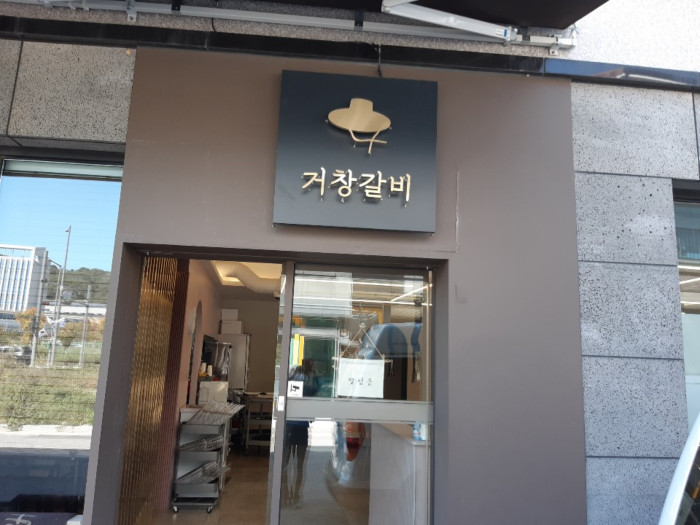
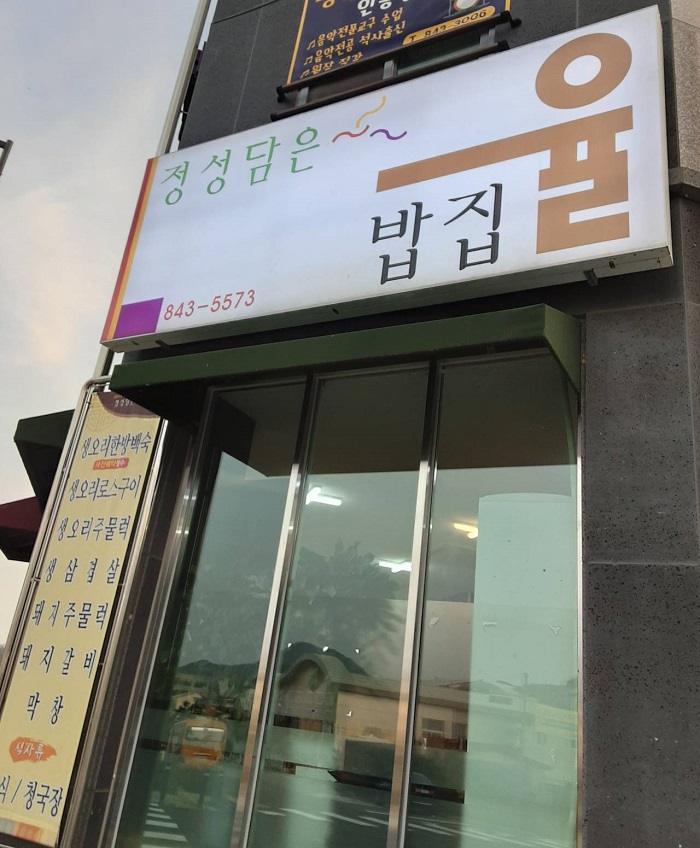
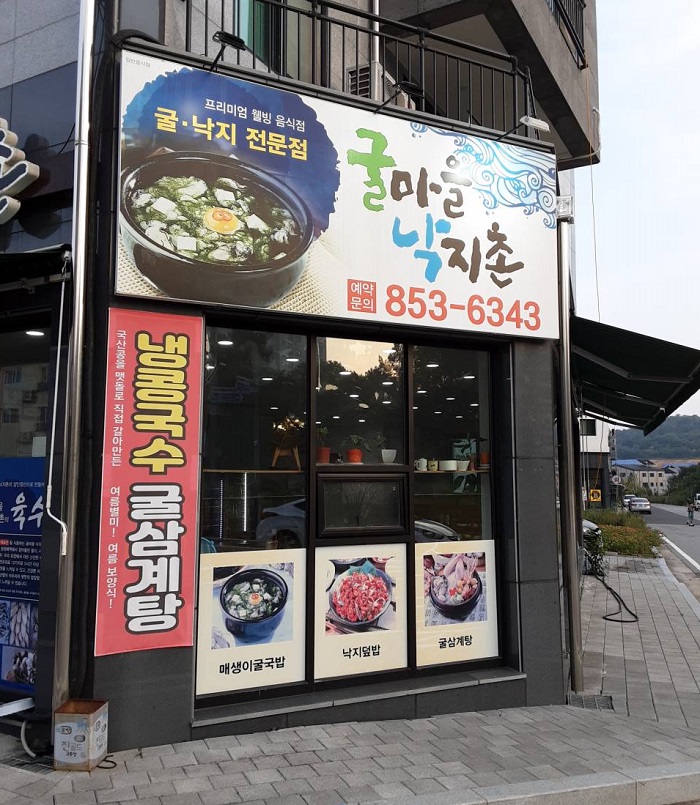
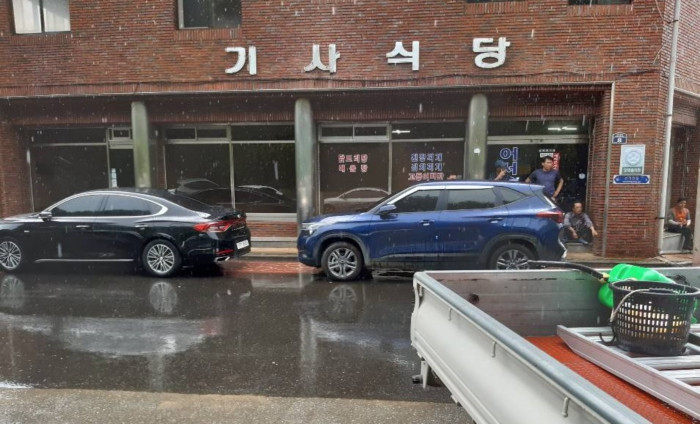
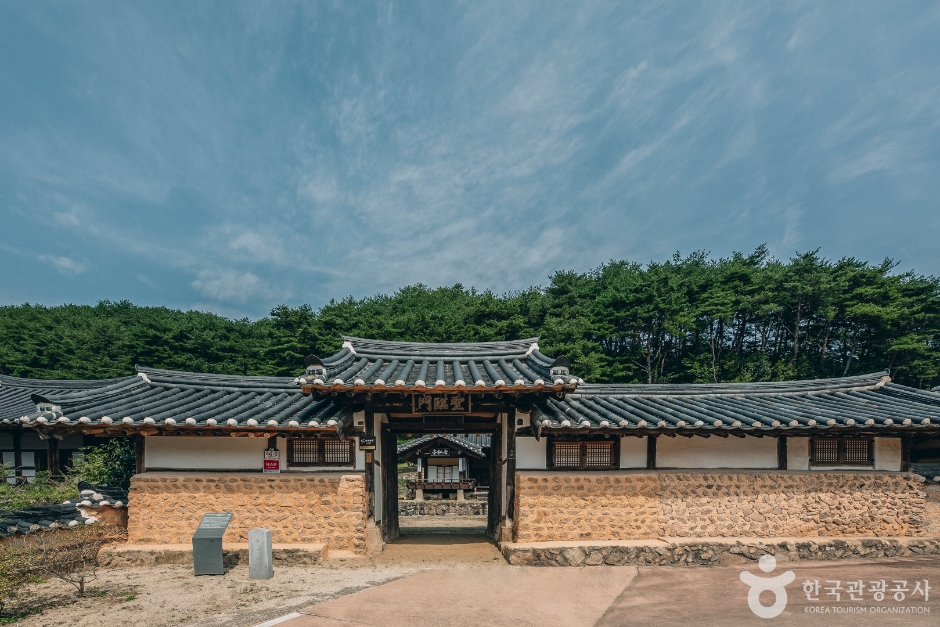
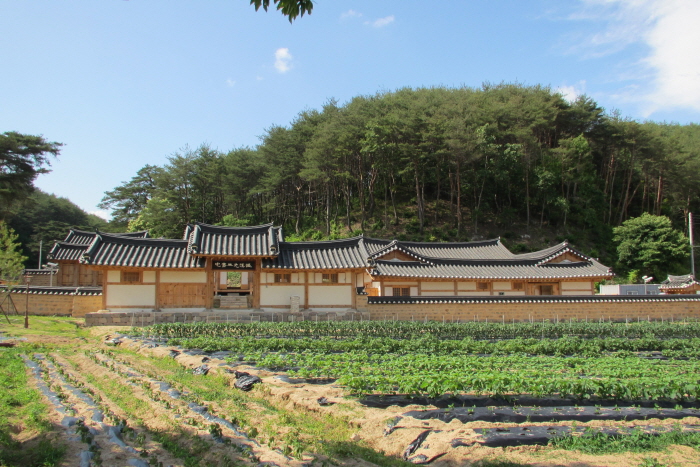
 Español
Español
 한국어
한국어 English
English 日本語
日本語 中文(简体)
中文(简体) Deutsch
Deutsch Français
Français Русский
Русский